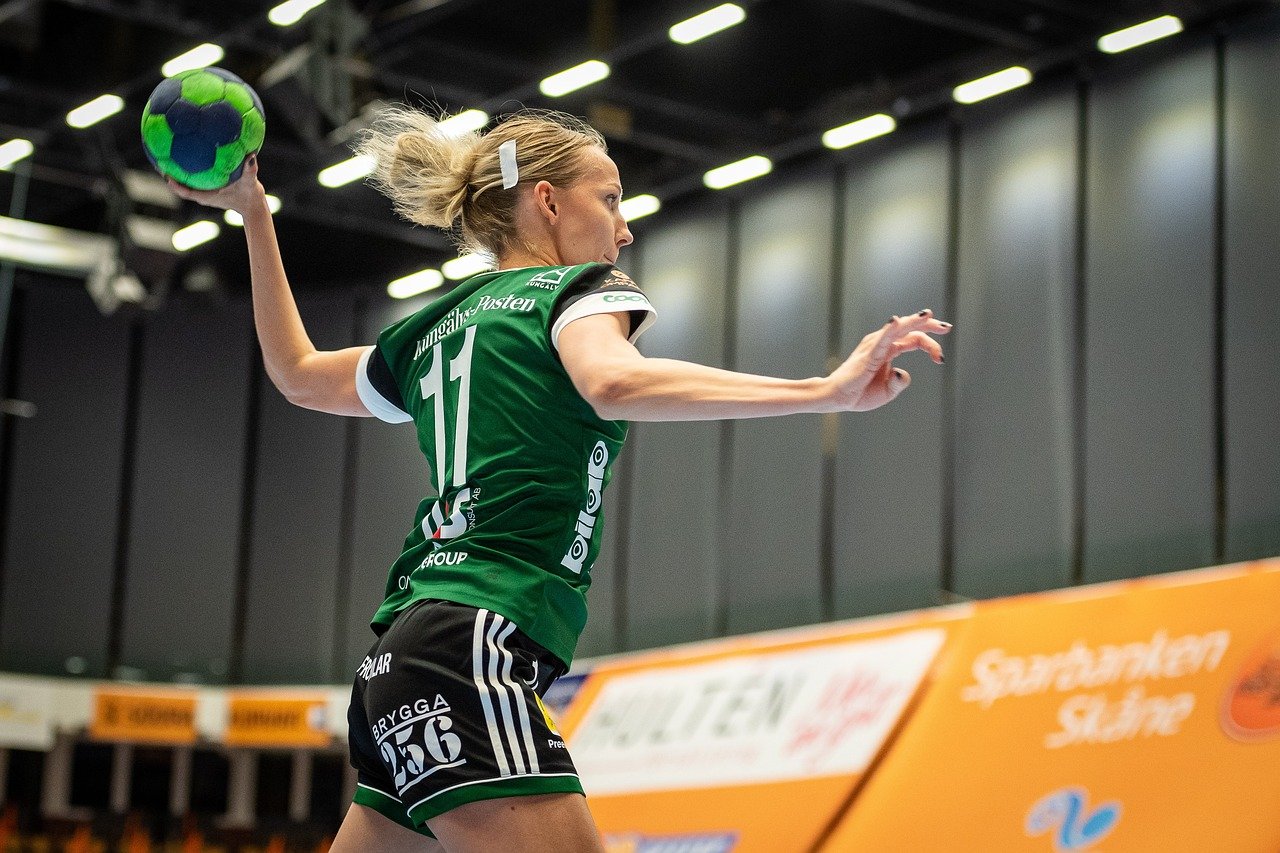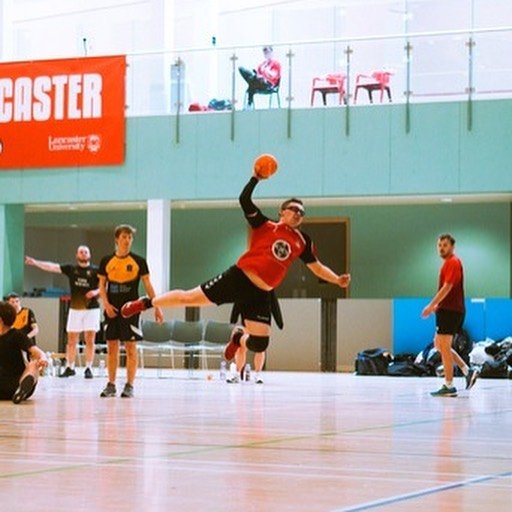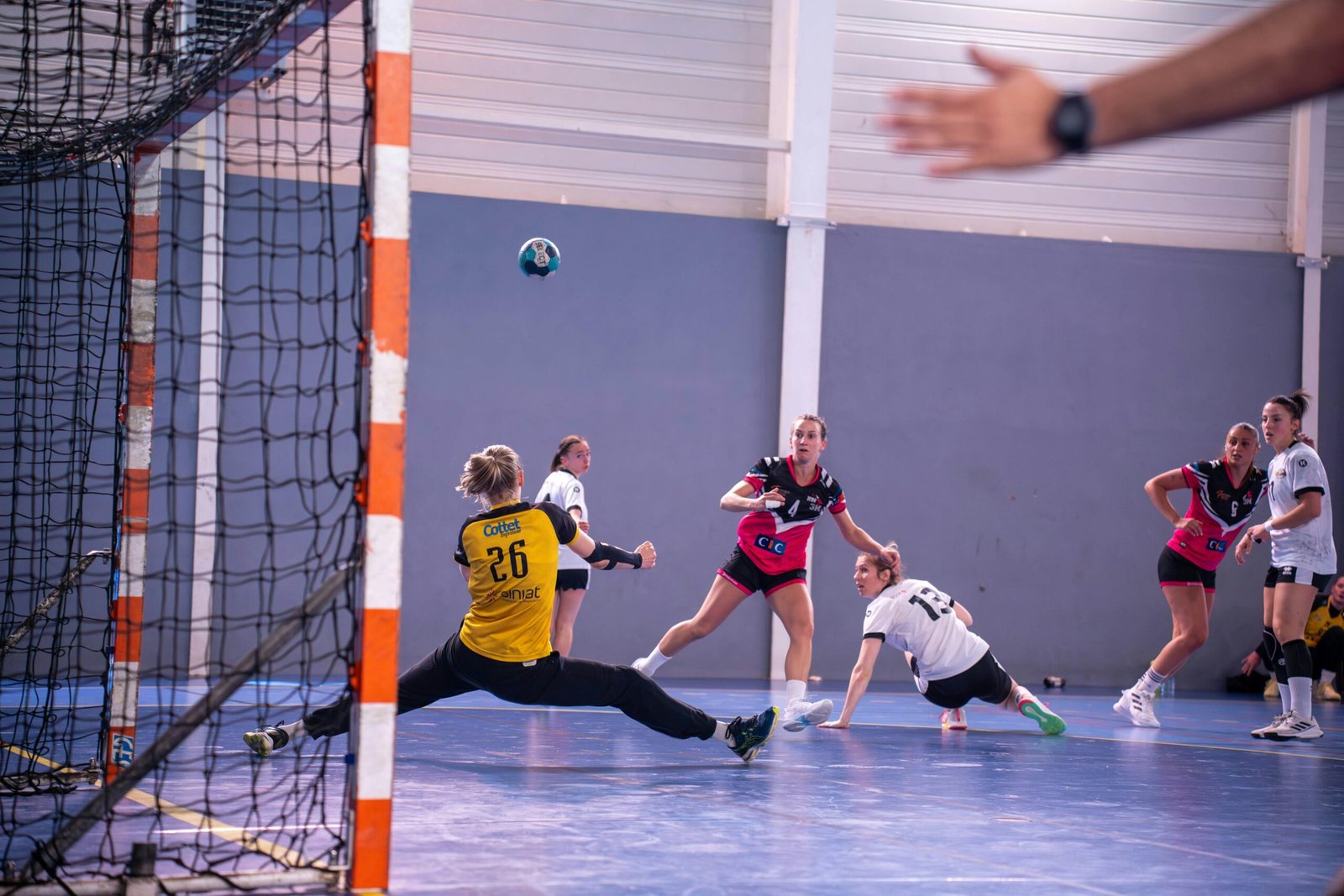The 5-1 defence is one of the most widely used formations in modern handball, combining solid backline coverage with an aggressive forward defender to disrupt the attacking flow of opponents. Favoured by both professional and elite youth teams, it strikes a balance between defensive solidity and the ability to force turnovers. In this guide, we’ll break down the structure, responsibilities, strengths, weaknesses, and advanced strategies for mastering the 5-1 defence.
What is the 5-1 Defence in Handball?
The 5-1 defence positions five players along the 6-metre line and one advanced defender further up the court. This forward player applies pressure on the opposing backcourt attackers, cutting passing lanes and forcing errors. The formation is often used against teams with strong shooters who rely heavily on their backcourt to generate chances.
Unlike the more passive 6-0 defence, the 5-1 introduces an element of unpredictability, forcing the attacking team to rethink their approach and often making them uncomfortable in their standard patterns.
Player Roles in the 5-1 Defence
Each role in the 5-1 is clearly defined, and understanding these responsibilities is key to running the system effectively.
The Forward Defender (The “1”)
This player operates between the 9-metre and 12-metre lines, usually marking the central backcourt player. Their primary tasks include:
- Disrupting set plays before they develop
- Blocking passing lanes to the opposite backs
- Forcing attackers into uncomfortable angles
- Intercepting or deflecting passes
- Pressuring shots from distance
The forward defender needs excellent agility, anticipation, and stamina, as they must constantly shift position to shadow the playmaker and react quickly to switches.
The Back Line (The “5”)
The remaining five defenders form a tight semi-circle around the 6-metre line. Their duties include:
- Protecting the goal area from breakthroughs
- Supporting the forward defender when the ball is near their zone
- Closing gaps quickly if an attacker penetrates the first line
- Staying compact to deny central shooting opportunities
Typically, the centre defenders are the tallest and strongest players, ideal for blocking shots and winning physical duels. The wing defenders need quick footwork to track fast wingers and cut off driving lanes.
Strengths of the 5-1 Defence
When executed well, the 5-1 can completely disrupt an opponent’s rhythm. Key advantages include:
- Pressure on Playmakers – Forcing them into rushed decisions and low-percentage passes.
- Turnover Potential – Aggressive intercepts can lead to quick counter-attacks.
- Flexibility – The forward defender can adjust positioning to target the most dangerous opponent.
- Reduced Long-Range Threats – Backcourt shooters have less time and space to release powerful shots.
Weaknesses of the 5-1 Defence
While effective, the 5-1 can be exploited by teams who know how to move the ball quickly. Potential drawbacks include:
- Gaps Behind the Forward Defender – Skilled attackers can exploit space if passes are quick enough.
- High Stamina Requirement – The forward defender’s role is physically demanding.
- Vulnerability to Fast Wing Play – Over-committing to the centre can leave the wings exposed.
- Communication Demands – Requires constant verbal coordination to prevent defensive breakdowns.
Coaching Tips for Running the 5-1 Defence
To ensure success, coaches should emphasise:
- Positioning Over Chasing – The forward defender should focus on blocking lanes, not just following the ball.
- Coordinated Shifts – The back line must slide together to cover any exposed zones.
- Trigger Presses – Decide when to increase pressure (e.g., when an opponent receives a pass facing their own goal).
- Counter-Attack Readiness – Defenders should be ready to transition instantly when a turnover occurs.
Advanced Variations of the 5-1
Once players are confident in the base system, the 5-1 can be adapted to surprise opponents:
- Switching the Forward Defender – Rotating which player steps forward can confuse attackers.
- Pressing 5-1 – The back line steps higher up the court, creating a more aggressive press.
- Shadow Marking – Assigning the forward defender to shadow the opponent’s best scorer wherever they move.
When to Use the 5-1 Defence
This system works best against:
- Teams reliant on a strong central playmaker
- Opponents with predictable passing patterns
- Sides without quick, confident wingers
It’s less effective against teams that excel at cross-court ball movement or who can punish any gaps with rapid wing attacks.
Final Thoughts
The 5-1 defence in handball is a tactical weapon that can suffocate even the most dangerous attacking units when executed with discipline, communication, and intensity. By combining strong positional awareness with aggressive disruption from the forward defender, teams can force mistakes, create turnovers, and launch devastating counter-attacks. Like all defensive systems, its effectiveness depends on consistent training, clear communication, and knowing exactly when to adjust during a match.



